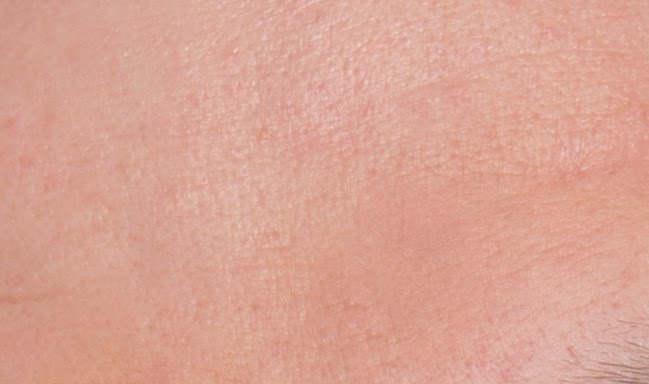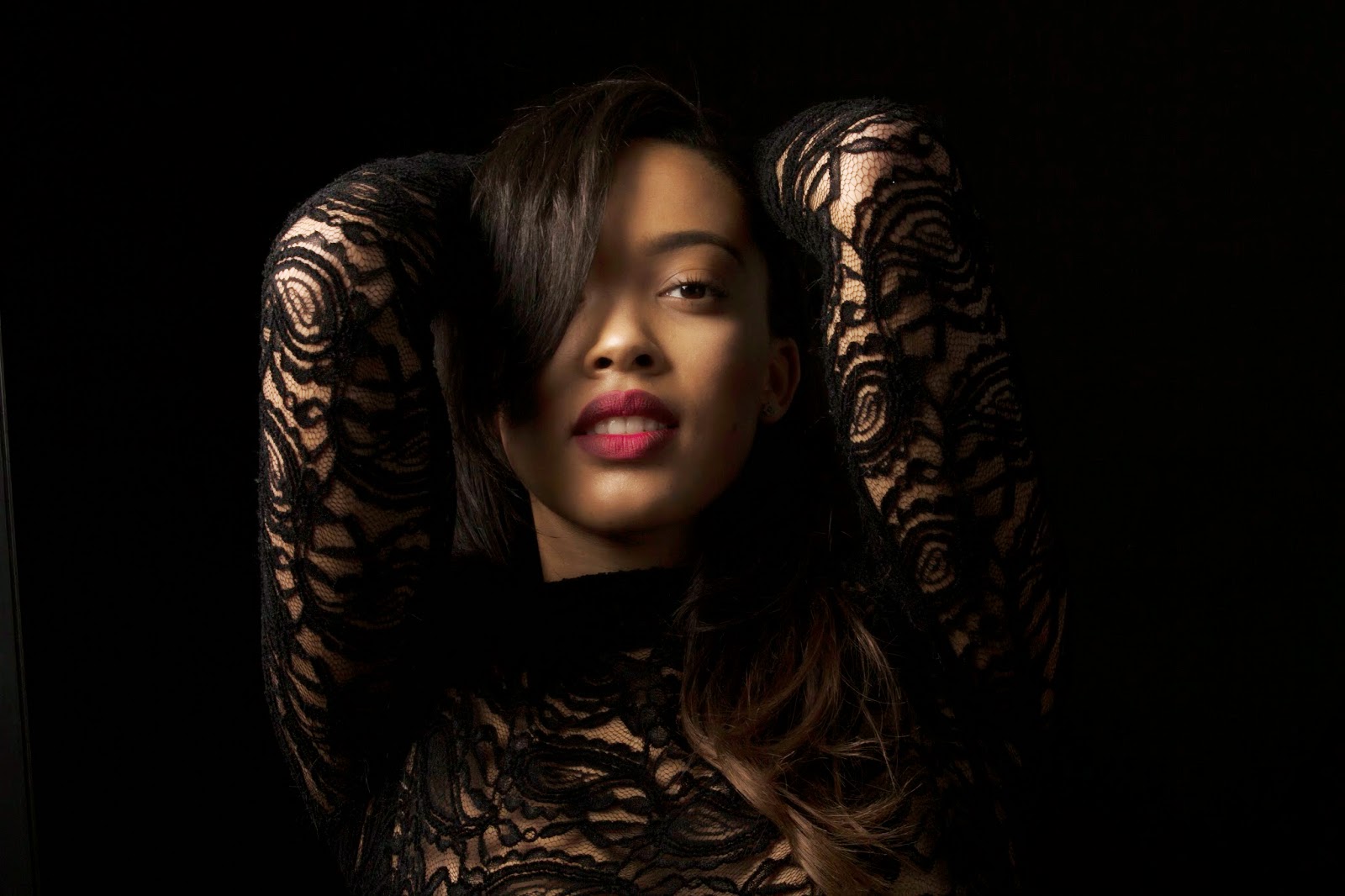The exposure triangle is made up of three determining factors that control how much light a photograph is exposed to. It is important to understand these factors both individually and hoe they work as a unit to achieve any level of skill in photography. I will begin by explaining these factors individually:
Aperture:
In each and every lens there is a hole through which light travels to reach either the film or the cameras sensor (if digital) in order to expose an image, this hole is called the aperture. The amount of light that can travel through a lenses aperture in X amount of time is dependant on the apertures diameter. Apertures with wider diameters allow more light to travel through them and smaller apertures allow less light to travel through them.
Most lenses have variable diameters which means the size of the aperture is a controllable factor in determining the exposure of a photograph.
To help stop your brain from over working i’ll repeat it simply. In a lens there is a hole, if a hole is wider more light goes through it and if it is smaller less goes through. You control the size of the hole and how big or small it is affects how light or dark your image will be. The hole is called the aperture.
To help your brain even more i’ve included some images below:
Aperture f/4
(smaller)
Slightly darker image
Aperture f2.8
(wider)
brighter image
You might be wondering what those units above mean; they are called F stops and are the unit of measurement for the size of the aperture. It is likely you will see them at any of the following measurements:
f/1, f/1.4, f/2, f/2.8, f/4, f/5.6, f/8, f/11, f/16, f/22, f/32, f/45, f/64, f/90, f/128, etc
Contrary to natural intuition (because things would be too easy otherwise) the smaller the number of measurement, the wider the aperture is. For example f/1 represents an aperture that is very wide and lets in a lot of light. Where as f/128 represents an aperture that is very very small and doesn’t let much light in at all. So small aperture = high number and bigger apertures = lower number.
For any mathematicians amongst us the f number N is given by:
N = F/D where F is the focal length and D is the diameter of the aperture. So f/1 on a 50mm lens means the diameter of the aperture is 50mm or 5cm.
The size of the aperture also affects an images depth of field but this isn’t related to exposure and so i’ll leave for another blog.
2) Shutter Speed
A cameras shutter is like a small curtain that lies in front of the film or the sensor. The curtain opens when a photograph is taken to allow light into the camera in order to expose the image. The longer the shutter is open the more light can pass through. Usually the shutter only needs to be open for very short amount of time i.e. 1/200 of a second but in low light or to create certain effects a cameras shutter can be open for much longer periods of time i.e. 1 minute or much longer and this is when a tripod is needed to keep a camera steady.
Below are a few images to display what affect the shutter speed have on the exposure of an image:
Shutter speed:
5 seconds
f/11
ISO: 100
Shutter speed:
20 seconds
f/11
ISO: 100
3)
ISO
ISO is a digital sensors or a films level of light sensitivity. The higher the ISO the lighter your exposed image will be and the lower the ISO the darker it will be. A downside to ISO is its tendency to increase the noise of an image, the higher the ISO the more noise that will be created.
Each camera has a base ISO level that tends to 100. The ISO of film stock is built into the film when its made and can’t be changed. After ISO 100 the value goes up in geometric progression, meaning it doubles each time from ISO 100 to 200, 400, 800, 1600, 3200, 6400, 12800 and so on. It’s important to know that each progression represents a doubling the cameras or film stock sensitivity. I.e. ISO 200 is twice as sensitive as ISO 100 and ISO 800 is quadruple as sensitive as ISO 200. (finally something that makes a little sense)
However, the higher a camera sensors top ISO value, the lower the noise will be at any given value. For example, if a cameras top ISO value is 1600 then at ISO1600 on that camera there will be much more noise then ISO 1600 on a camera that has top ISO value of ISO 128,000 below I have included an image that displays the noise of a high ISO image.
 ISO 3200
ISO 3200
Below I have included a cropped version of one of the posters seen in the image to the left in order to display the noise that a high ISO can produce.
However, admittedly this was taken on a camera (5d Mark 3) with great light sensitivity so the noise impact at ISO 3200 is reduced from the usual amount.
Conclusion
With each changing setting, situation or assignment the priorities of a photograph change. A skilled photographer is able to meet these changes and one of the most rudimental skills in photography is to be able to balance the exposure triangle in a way that suits your needs. There are several ways to reach the same exposure value and below are some theoretical examples to assist you on understanding how you can utilise this fact.
For example, if you are on a journalistic assignment taking snapshots of a person or an event with the need for everything to be in focus and also too little time or flexibility to carry around and set up a tripod, the best thing to do is increase your ISO. This will allow you to take photographs with smaller apertures (with more in focus) and at faster shutter speeds.
Or, if your taking a beautiful landscape and want everything in focus ( small aperture) when the light is low and you have bags of time and a tripod at your disposal. Here, there is no need to make any sacrifice in the quality of your image by increasing the ISO. Instead you can keep your small aperture (around f/16 will keep most things in focus) move your ISO down to it’s base level (ISO 100) and put your camera on a tripod for a long exposure. This allows a long time for the light to travel on to your film stock or cameras sensor and can produce a well exposed image.
For the last example, if it’s bright daylight and you want a shallow depth of field( achieved with a wide aperture i.e. 1.4) but theres your image is over exposed, you can keep a wide aperture and compensate by moving your shutter speed up to a very short amount of time i.e. 1/8000 of a second.
.jpg)








.jpg)
.jpg)









.jpg)
.jpg)
.jpg)
.jpg)














.jpg)
%2Bcopy.jpg)
